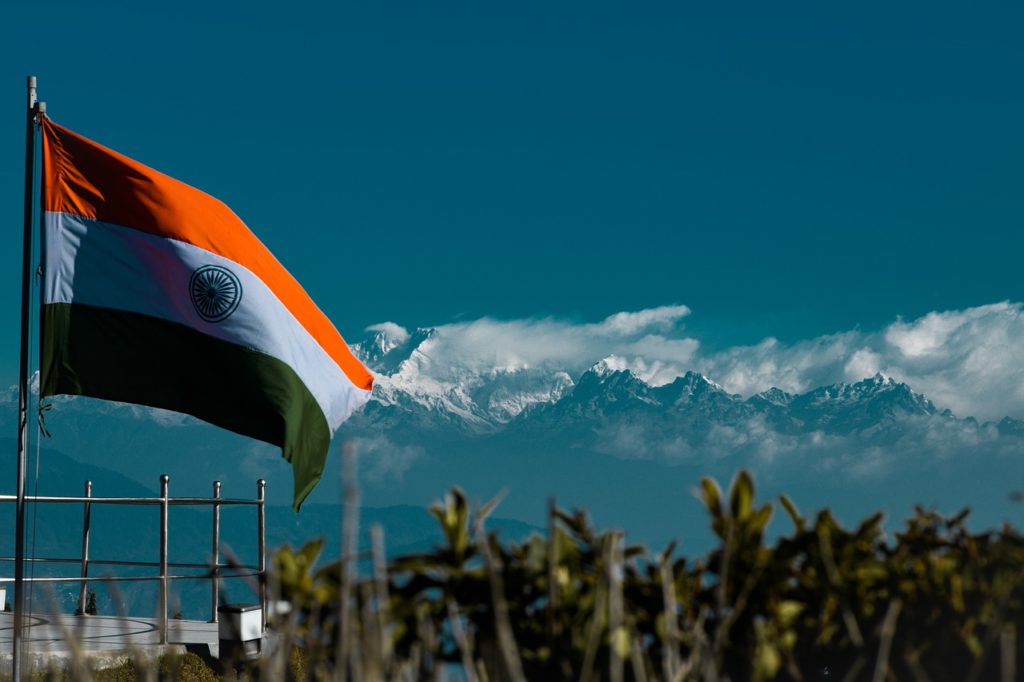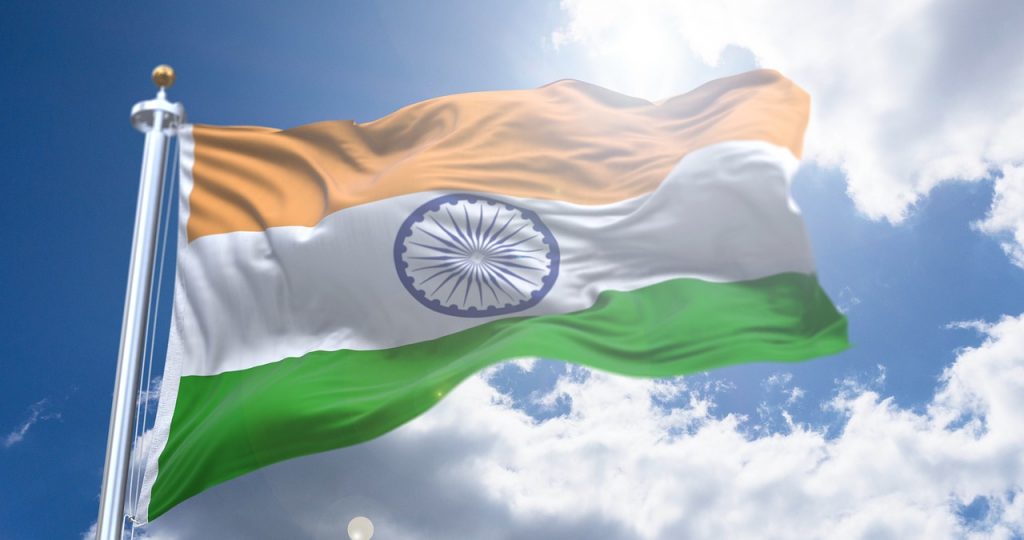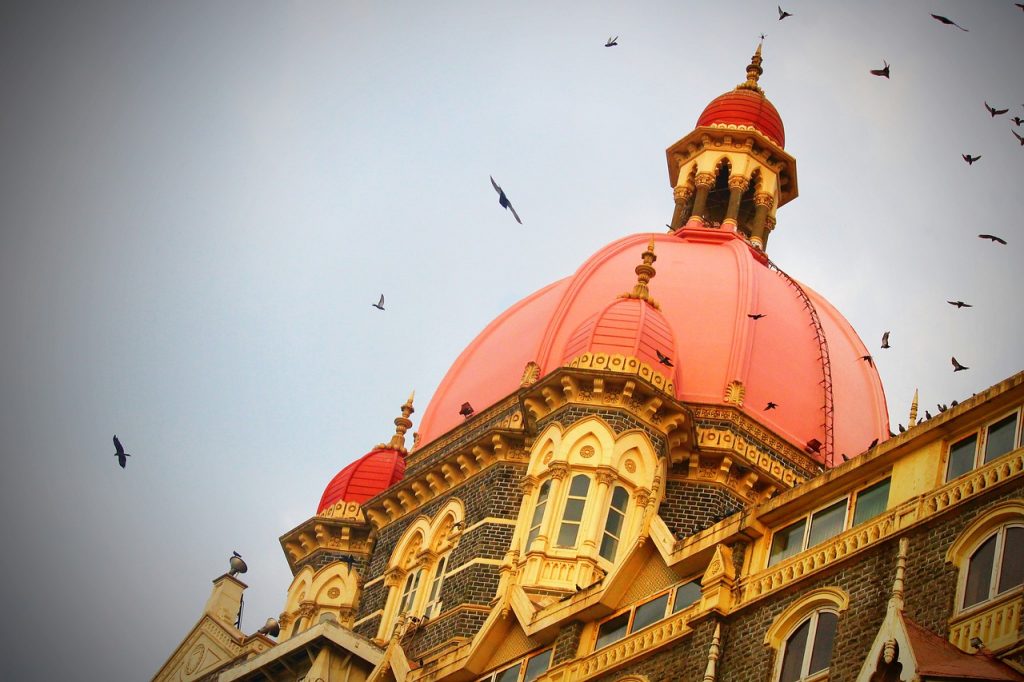The 1971 India Pakistan War is a significant event in the history of the ongoing conflict between both the neighboring countries. The war began on December 3 and ended on December 16. It culminated in the unconditional surrender of the Pakistani Army and the liberation of Bangladesh, previously known as East Pakistan. On the other hand, India’s swift victory in the war proved the power and capabilities of all of its three defense forces – Army, Navy, and Air Force.
December 3, 2021, marks the 50th anniversary of the war. The day is celebrated as Vijay Diwas to commemorate India’s victory over Pakistan. So, on the occasion of Vijay Diwas, here are some significant facts of the 1971 India Pakistan War.
10 Significant Facts of the 1971 India Pakistan War
1. The Location of the War
The war was fought across the Eastern and the Western front. The Eastern Front included the India-East Pakistan border – Bay of Bengal and Pasha Enclaves. On the other hand, the Western Front involved the India-Pakistan border – Line of Control and Zero Point and the Arabian Sea across the Indian Ocean.
2. Territorial Changes after the War
The war resulted in several territorial changes. On the Eastern Front, East Pakistan was liberated and now known as Bangladesh, an independent country. On the Western Front, Indian forces captured a massive landmass of around 15,010 square kilometers. However, it was returned in the 1972 Simla Agreement as a goodwill gesture. Furthermore, the region captured in J&K was retained by both countries, and a new LoC was defined.
3. Reason for the Conflict
The reason for the conflict was the Liberation War of Bangladesh on account of West Pakistan’s ill-treatment and undermining of the election results in East Pakistan. The latter officially raised a call for secession on March 26, 1971. The then PM of India, Indira Gandhi, expressed full support for the country’s independence struggle.
Another reason for the conflict was the suppression of the growing ideology of separate Bengali nation or Bengali nationalism among the youth of East Pakistan. Accordingly, the arrest of Sheikh Mujibur Rahman and the crackdown conducted by the Pakistani Army upon the East Pakistani population was met with resistance.
4. Reported Genocide
Reportedly, there was a widespread genocide against Bengalis, predominantly Hindus, at the hands of the Pakistani military. The Razakars raped between 200,000 and 400,000 Bangladeshi women and girls (the actual number of victims may vary according to source). Most of the victims were Hindu women. It compelled approximately ten million people (the actual number of people may vary according to source) to migrate to India. India, in turn, extended its support by opening its borders for the Bengali refugees.
5. Beginning of the War and India’s Response
The war commenced after aerial strikes by the Pakistani Air Force (PAF) across airfields in northwestern India. India responded by flying approximately 4,000 sorties in the western front and about 2,000 in the east. PAF didn’t have much with it to retaliate against. It did, but with only 2800 and 30 sorties on the two fronts. However, the Indian Air Force kept raiding Pakistan’s forward air bases until the end of the war.
6. Surprise Attack on Karachi
On December 4-5, under the codename Trident, the Western Naval Command of the Indian Navy conducted a successful surprise attack on Karachi port.
7. Casualties on Both Ends
Both countries suffered casualties. However, Pakistan, with approximately 8,000 deaths, suffered significant human losses. Besides, the war left around 25,000 of its soldiers wounded. India also suffered about 3,000 casualties, and roughly 12,000 soldiers were injured during the war.
8. The Support of the Soviet Union
India and East Pakistan received support from The Soviet Union during the war. On the other side, Pakistan got financial and material help from the United States.
9. Pakistan Surrenders!
The war that continued for around a couple of weeks and claimed thousands of lives ended with approximately 93,000 Pakistani troops led by General Amir Abdullah Khan Niazi surrendering to the allied forces. However, as part of the Simla Agreement of 1972, they were returned.
10. A Humiliating Defeat and a Psychological Setback for Pakistan
Pakistan fell flat on its face with such a humiliating defeat. It didn’t only lose thousands of its soldiers but lost East Pakistan, an essential arm of its economy. The fact that it has lost against India, its rival, was more of a psychological setback for the country. Besides, Pakistan lost half its population and suffered significant setbacks in terms of its geopolitical role in South Asia. The ceasefire announcement met with massive protests and demonstrations on the streets of the major cities in Pakistan!
Although the war was a conflict between two regions – West and East Pakistan – separated from India long before the war, India’s intervention proved helpful for the latter. And, as mentioned earlier, it established the strength of India’s defense forces that eventually triumphed! In popular culture, the 1971 India Pakistan War has been a subject of various movies that revolve around the situation before the war, during the war, and its aftermath.



